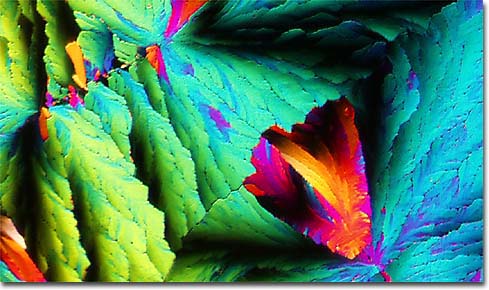|
Though a significant amount of research focusing on prostaglandins is ongoing, much of the current understanding of the potent biochemicals was developed in the 1960s and 1970s by scientists Sune K. Bergström, Bengt Ingemar Samuelsson, and John Robert Vane, who were rewarded for their efforts with the Nobel Prize for Physiology or Medicine in 1982. The significant amount of attention prostaglandins still receive is largely due to their potential as therapeutic agents for cardiovascular disease and viral infections, as well as their possible use as contraceptives. Prostaglandin A3 is one of the many prostaglandins that scientists are currently investigating for its possible utility to humans. Prostaglandin A3 is a non-enzymatic dehydration product of prostaglandin E3, which has been found to be produced by metabolism of eicosapentaenoic acid (EPA) in the seminal vesicles of sheep and in the ocular tissues of primates. EPA is an omega-3 fat closely generally believed to be a precursor of many prostaglandins that exhibit a significant anti-inflammatory effect.
|
